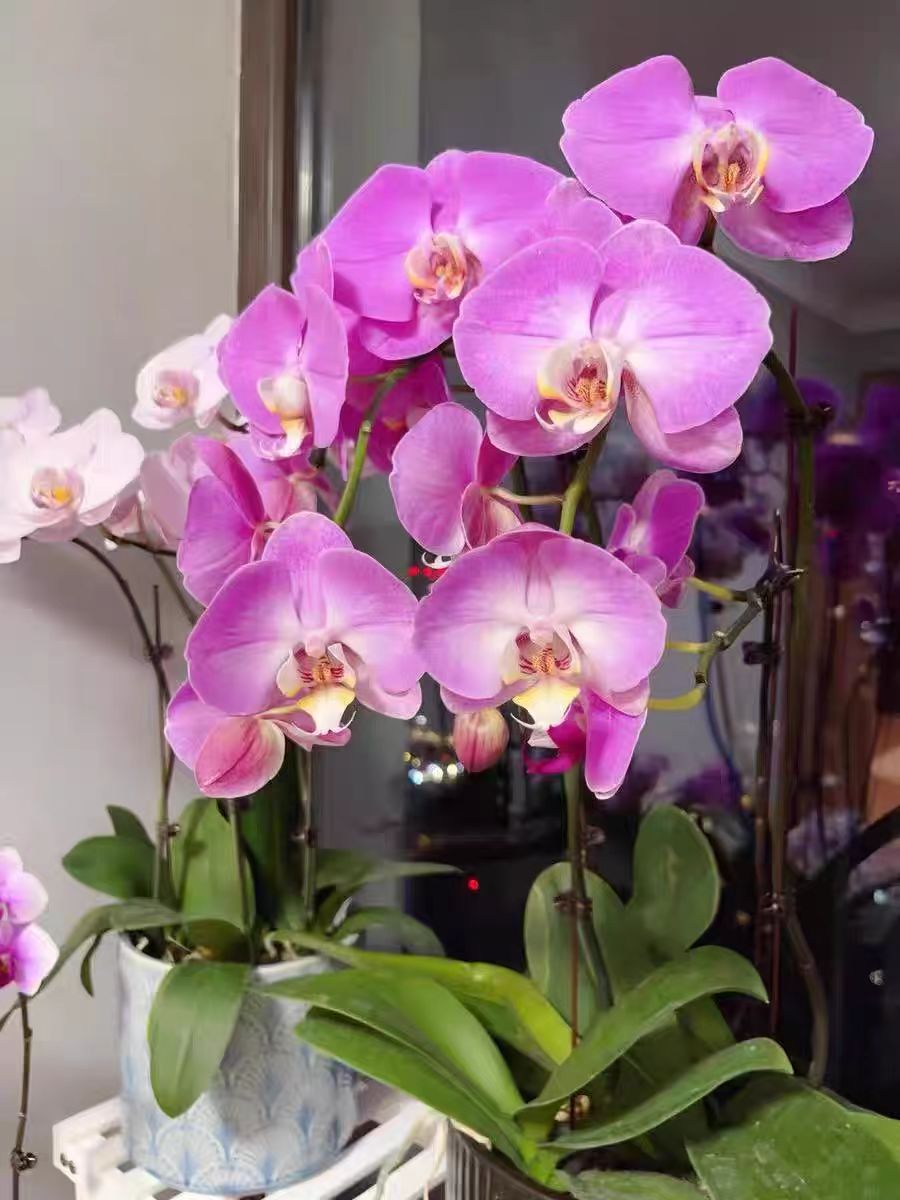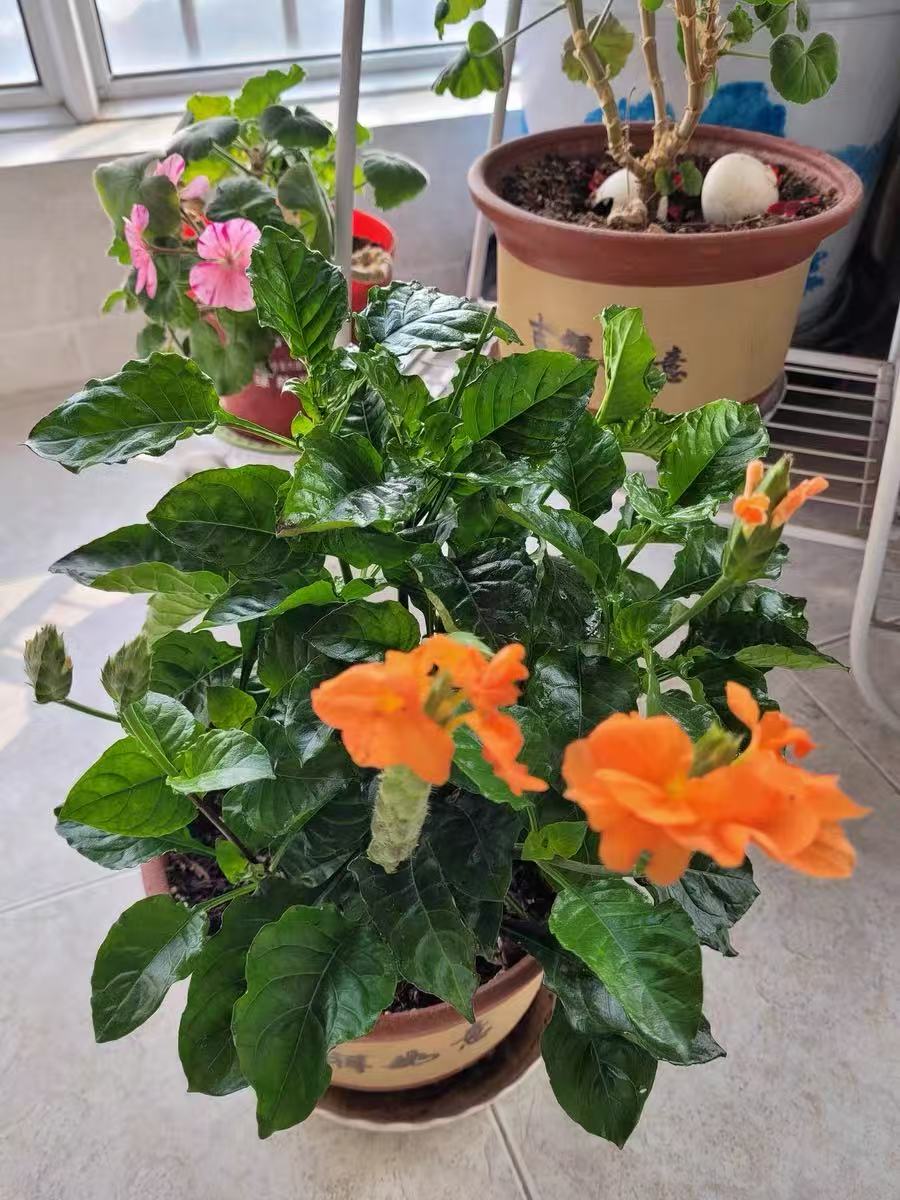When it comes to the maintenance of phalaenopsis orchids, the questions of whether the new potting soil needs watering and how to water it correctly, though seemingly simple, actually involve some subtleties and directly affect the growth and health of phalaenopsis orchids.
After changing the potting soil for phalaenopsis orchids, whether to water it immediately depends on the situation. If the new potting soil itself has a certain humidity and is in a slightly moist state, it is not recommended to water it immediately. Because the roots of phalaenopsis orchids will be more or less damaged during the repotting process. Excessive water at this time will increase the risk of root rot, and it is more beneficial to let the roots recover their wounds in a relatively dry environment. However, if the new potting soil is very dry, it is necessary to water it with a fixing - root water in a timely manner. The purpose is to make the roots and the new potting soil closely adhere to each other and help the plant adapt to the new environment as soon as possible.
After determining that the new potting soil of phalaenopsis orchids needs to be watered, it is crucial to master the correct watering method. First of all, water thoroughly until the water flows out from the drainage hole at the bottom of the pot. In this way, it can be ensured that the entire potting soil is evenly moistened and the situation of wet upper part and dry lower part is avoided. However, the amount of water should be strictly controlled to avoid waterlogging. Waterlogging will make the roots soak in water for a long time, resulting in oxygen deficiency and then root rot.
The frequency of watering also needs to be carefully grasped. Phalaenopsis orchids like a humid environment but are afraid of waterlogging. During the recovery and growth period of newly potted phalaenopsis orchids, the demand for water is not strong. Generally speaking, in spring and autumn, water can be poured once every 5 - 7 days; in summer, the temperature is high and the water evaporates quickly, so it can be watered once every 3 - 5 days; in winter, the temperature is low and the growth of phalaenopsis orchids is slow, and watering once every 7 - 10 days is enough. However, the specific watering interval also needs to be flexibly adjusted according to the actual situation, such as the ventilation situation and air humidity in the room. If the indoor ventilation is good and the air is relatively dry, the watering frequency can be appropriately increased; otherwise, the number of watering should be reduced.
When watering, it is best to choose a time period with appropriate temperature. For example, in spring and autumn, it is advisable to choose around 10 a.m. or 4 p.m.; in summer, it is better to water in the early morning or evening to avoid the high - temperature period at noon and prevent the large temperature difference between the water temperature and the soil temperature from irritating the roots; in winter, watering should be done at noon when the temperature is relatively high to avoid the plant being frost - bitten by low temperature.
In addition, the quality of the water used for watering should not be ignored. Try to use tap water that has been exposed to the sun to remove the chlorine in the water, or use natural soft water such as rainwater and river water. Avoid using water that is too cold directly, otherwise it may affect the growth of phalaenopsis orchids.
Mastering the watering method for the new potting soil of phalaenopsis orchids is an important part of taking good care of phalaenopsis orchids. Only by watering scientifically and reasonably can phalaenopsis orchids grow healthily in the new potting soil environment.
Should the new potting soil for phalaenopsis orchids be watered?

Share with
Tagged in :



Leave a Reply